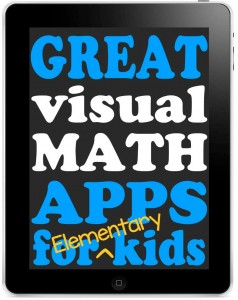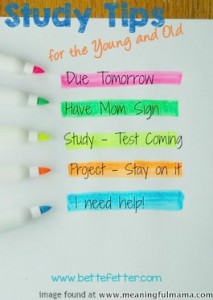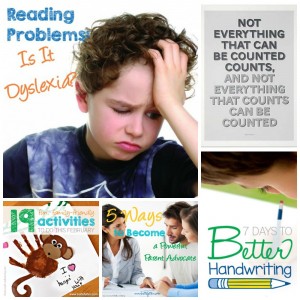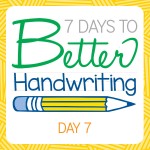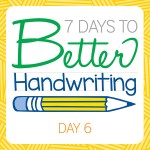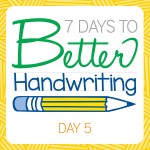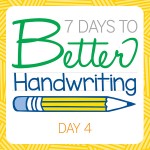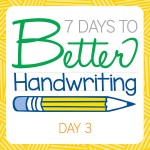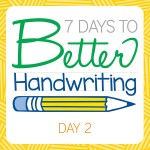Make Your Visual Kid a Math Whiz
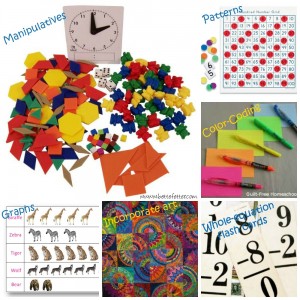 Visual kids can be great at math. They just have to be taught in ways that work for them. The key to helping them succeed at math is to concentrate on the concept rather than the facts.
Visual kids can be great at math. They just have to be taught in ways that work for them. The key to helping them succeed at math is to concentrate on the concept rather than the facts.
 Visual kids can be great at math. They just have to be taught in ways that work for them. The key to helping them succeed at math is to concentrate on the concept rather than the facts.
Visual kids can be great at math. They just have to be taught in ways that work for them. The key to helping them succeed at math is to concentrate on the concept rather than the facts.
